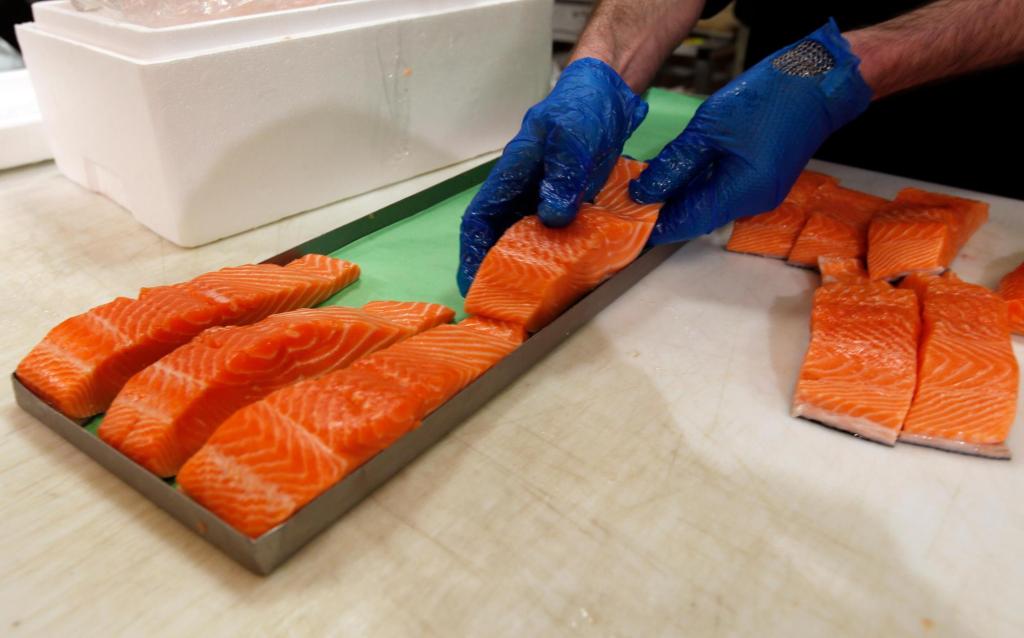By JONEL ALECCIA, AP Health Writer
Packaged foods in the U.S. will have to follow new rules in order to call themselves “healthy,” according to changes finalized Thursday by the Food and Drug Administration.
It’s an update of the agency’s definition originally devised 30 years ago. The move is aimed at helping Americans navigate food labels at the grocery store and make choices that are aligned with federal dietary guidelines — in hopes of reducing rates of diet-related chronic disease, the FDA said.
Under the rule, products that claim to be “healthy” must contain a certain amount of food from one or more food groups such as fruit, vegetables, grains, dairy and protein. And for the first time, the rule sets certain limits for added sugars. Foods must also limit sodium and saturated fat at levels that depend on the type of product, the FDA said.
The change banishes foods such as sugary cereals, highly sweetened yogurts, white bread and some granola bars from bearing a “healthy” label, while allowing foods such as avocados, olive oil, salmon, eggs and some trail mix to use it. Even water can now be labeled as healthy, the agency said.
“It’s critical for the future of the country that food be a vehicle for wellness,” FDA Commissioner Robert Califf said in a statement. “Improving access to nutrition information is an important public health effort the FDA can undertake to help people build healthy eating patterns.”
The new rule will take effect within two months and food manufacturers will have until February 2028 to comply. A label that designates certain foods as healthy is still being developed, FDA officials said. Under the previous rule, about 15% of products were eligible for the healthy designation, but only 5% made the claim.
First proposed in 2022, the change is a much-needed update to “horribly outdated” guidance, said Dr. Dariush Mozaffarian, director of the Food is Medicine Institute at Tufts University.
“Big picture, this is a…
Read the full article here







